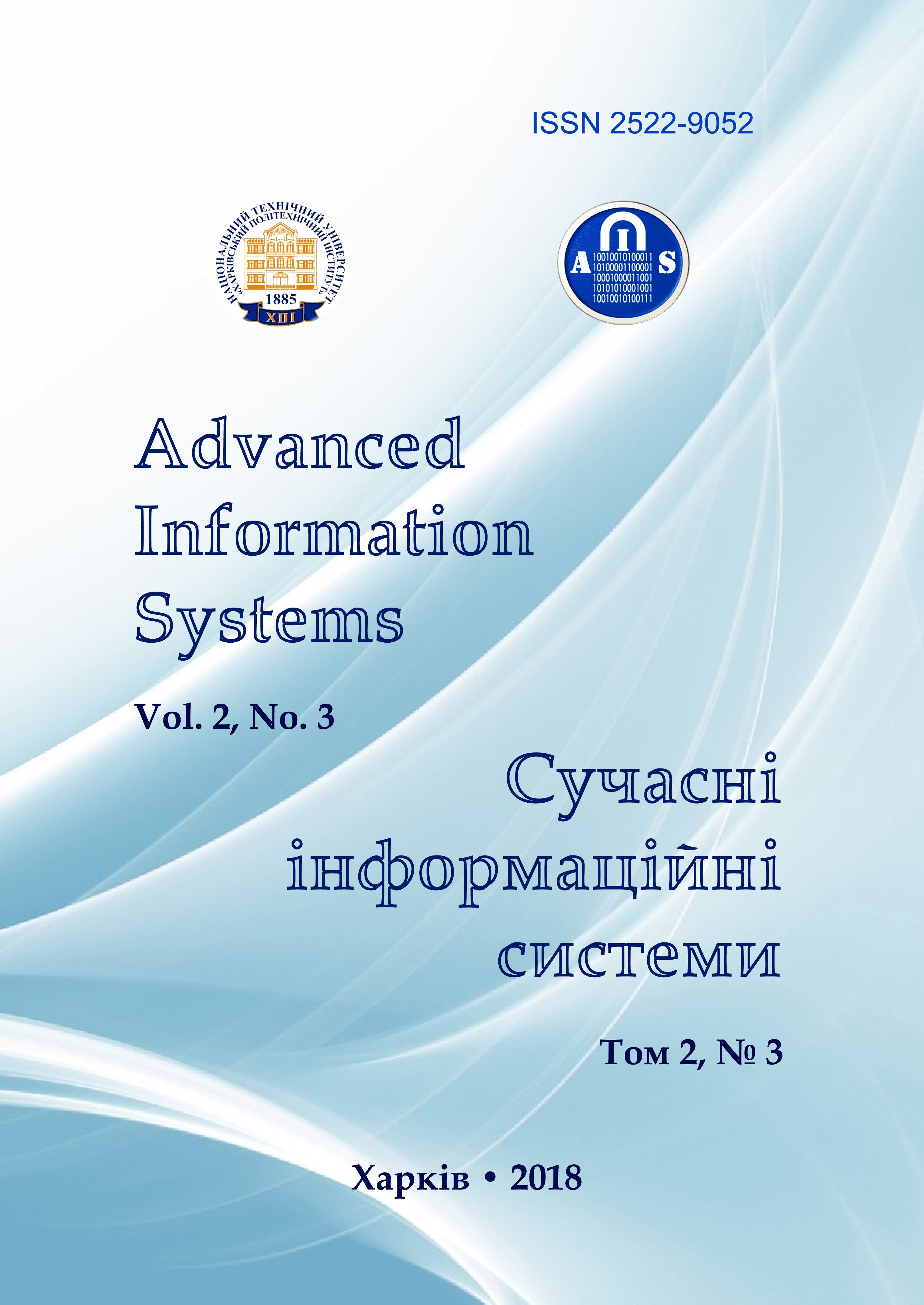PARALLEL IMPLEMENTATION OF THE METHOD OF GRADIENT BOOSTING
Main Article Content
Abstract
Article Details
References
Tolstoluzka, O. and Parshencev, B. (2018), “The solution of the classification problem in e-learning based on the method parallel construction of decision trees”, Advanced Information Systems, Vol. 2, No. 3, pp. 5–9.
Hastie, T., Tibshirani, R. and Friedman, J. (2001), “Linear Methods for Classification”, The Elements of Statistical Learning, ser. Springer series in statistics, Springer, New York, рр. 101–137.
Vapnik, V. (1998), The Nature of Statistical Learning Theory, John Wiley and Sons, N.Y., 300 p.
Gergel, V.P. (2007), Theory and Practice of Parallel Computing, Bean, Moscow, 71 p.
Voevodin, V.V. and Voevodin, Vl.V. (2002), Parallel Computations, BHV-Petersburg, St. Petersburg, 608 p.
Breiman, L., Friedman, J.H., Olshen, R.A. and Stone, C.T. (1984), Classification and Regression Trees, Wadsworth, Belmont, California, 332 p.
Gehrke, J., Ganti, V., Ramakrishnan R. and Wei-Yin Loh (1999), “BOAT — optimistic decision tree construction”, ACM SIGMOD International Conference on Management of Data, pp. 169–180.
Polyakov, G.A., Shmatkov, S.I., Tolstoluzhskaya, E.G. and Tolstoluzhsky, D.A. (2012), Synthesis and analysis of parallel processes in adaptive time-parametric computing systems, V. N. Karazin Kharkiv National University, Kharkiv, рp. 434-575.
